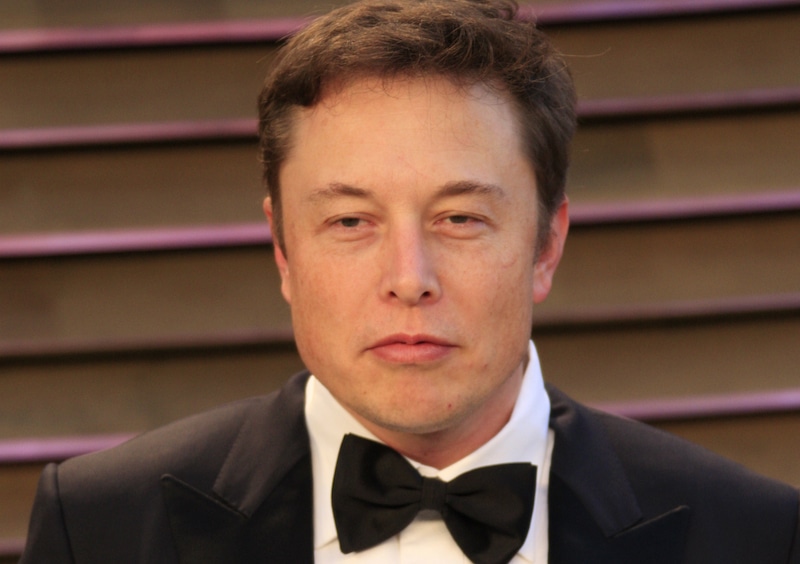Twitter’s new owner Elon Musk initiated a widespread firing campaign at the tech giant over the weekend, taking out half the company’s workforce and cutting some entire departments entirely.
The first to go? Aside from the top executives including CEO Parag Agrawal who were shown the door upon Musk entering Twitter HQ while literally holding a kitchen sink (“Let that sink in” get it?), the weekend’s slaughter included those working in human rights, curation, AI ethics and accessibility.
In Australia, the company has been mostly swept clean, particularly across communications, marketing, government relations and news curation.
But internationally, we’re learning from those leaving the business that entire teams are going, with whole departments being removed. Former Human Rights Counsel for Twitter Shannon Raj Singh tweeted Saturday that “the entire Human Rights team has been cut from the company”. This team worked to protect those at-risk in global conflicts and crises.
Meanwhile, the now former Head of Accessibility Gerard K. Cohen also confirmed that his team is also “no longer”, despite having so much more work to do. He said their team understood the mission of making a global platform like Twitter accessible.
Another team to go in its entirety was one exploring ethical AI and algorithmic transparency.
Also gone is the curation team, which aimed to address misinformation and promote contextualised conversations across the Twitter “Explore” page. It pushed to make the platform a source for breaking news.
The rolling of such jobs and departments comes after the platform was flooded with racist slurs and derogatory terms by coordinated troll attacks within 48 hours of Musk taking ownership. The company’s head of safety and integrity Yoel Roth said on the attack that while 50,000 tweets were sent with one particular slur, that just 300 accounts were responsible — signaling a deliberate and highly coordinated campaign. As the attack was believed to have been done to make users believe the moderation policies had already changed, Roth confirmed that the rules haven’t changed and Twitter is “safe and welcoming for everyone.”
On Saturday, Roth tweeted that his DMs are open to recruiters and that he has “incredible, smart and compassionate talent” now available. Roth is currently still with the business.
Musk paid US$44 billion for Twitter (about AU$70 billion) in a deal he didn’t really want to see happen, given how quickly he tried to walk away from it. But Musk soon found himself out of options thanks to a very expensive and potentially embarrassing court battle as Twitter pushed to enforce the initial offer.
Musk tweeted “the bird is freed” after officially buying the platform over a week ago, indicating how he hopes to support “free speech” on Twitter, easing up on moderation and other controls that fundamentally aim to protect users. As a self described “free speech absolutist”, Musk proposed a “content moderation council with widely diverse viewpoints” to be appointed, to make moderation and account reinstatement decisions (such as a decision to reinstate Donald Trump’s account).
The UN High Commission for Human Rights has written an open letter to Musk, highlighting concern about Twitter’s role in the “digital public square” and urging the company to understand the harms associated with its platform and take the necessary steps to address them.
“Respect for our shared human rights should set the guardrails for the platform’s use and evolution. In short, I urge you to ensure human rights are central to the management of Twitter under your leadership.”
Musk’s business plans for Twitter, that we know of so far, include pushing to get those who are already blue-ticked verified to pay US$8 a month to retain the privilege. Initially, Musk floated the idea of $20 a month, which was quickly rejected by some of the platform’s biggest users. Many blue-ticked users continue to outright reject the idea of paying anything at all, with some claiming Twitter should be paying them as creators – given the vast majority of Twitter’s revenue actually comes from advertising. There are reports that more one million users have already left the platform.
Musk said that with the company losing US$4 million a day, there are few choices but to do extensive job cuts.
But the employee cuts may do little to make up for the lost revenue, with advertisers also leaving the platform due to activist pressures and concerns about being associated with the newly “liberated” Twitter.
Will the blue-ticked users step in to make up the shortfall? Currently, there just isn’t enough to meet the revenue that comes from advertisers. Some are already leaving, many others may follow.


